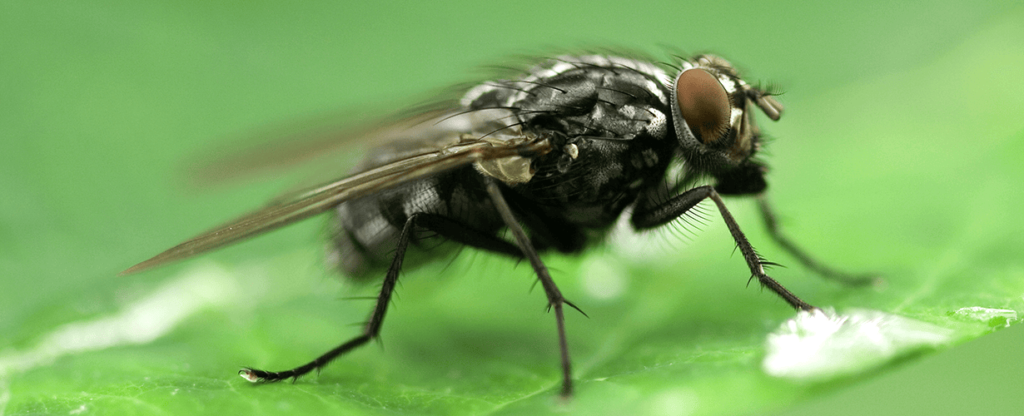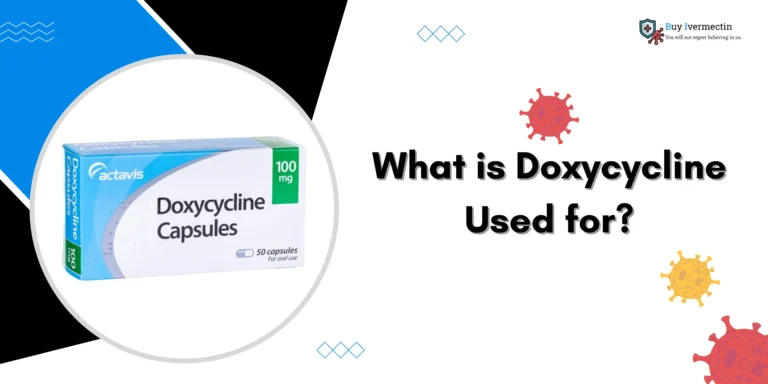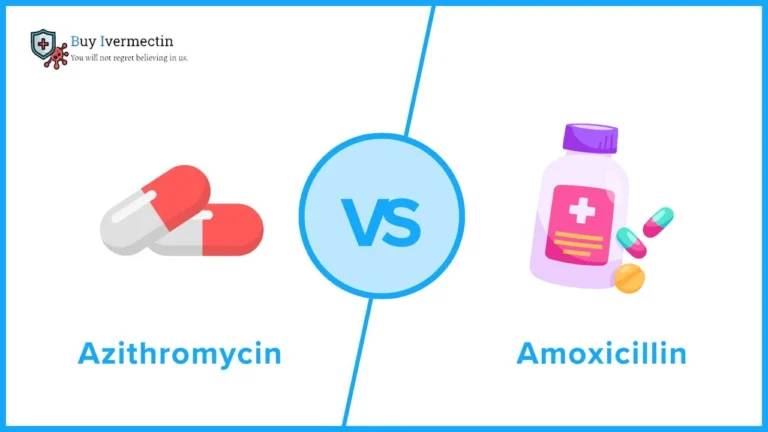Onchocerciasis ivermectin – these words not only signify a health concern but also represent a critical aspect of medical science and public health. The fight against onchocerciasis, commonly known as river blindness, stands as a testament to the ongoing battle against neglected tropical diseases.
Table of Contents
ToggleWhat is Onchocerciasis?
Onchocerciasis is a parasitic infection caused by the filarial worm Onchocerca volvulus. Transmitted through the bites of infected blackflies of the genus Simulium, this disease predominantly affects individuals residing near rivers in sub-Saharan Africa and parts of Latin America and the Arabian Peninsula.
How is Onchocerciasis Spread?
The transmission of onchocerciasis occurs through the bites of female blackflies, which ingest microfilariae (larval forms of the parasite) when feeding on infected humans. Once ingested, these microfilariae develop into infective larvae within the blackfly, which can then be transmitted to another human host through subsequent bites.
Who is Most at Risk for Onchocerciasis?
- Individuals Residing in Endemic Areas: Regions near rivers where blackflies thrive pose the highest risk.
- Occupational Exposure: Farmers, fishermen, and individuals involved in outdoor activities in endemic regions face increased exposure.
- Limited Access to Healthcare: Communities lacking adequate healthcare services are at a higher risk due to delayed diagnosis and treatment.
What is the Impact of Onchocerciasis?
The impact of onchocerciasis extends beyond physical health, encompassing socio-economic aspects. Chronic infection leads to severe skin manifestations and ocular damage, often resulting in visual impairment and blindness. Additionally, the associated disability contributes to reduced productivity, impacting the affected individuals’ livelihoods.
How Soon After Infection Will I Have Symptoms of Onchocerciasis?
Symptoms may not manifest immediately after infection. Typically, initial signs appear months to years following exposure. Skin manifestations such as intense itching, skin discoloration, and nodules characterize the early stages, while ocular involvement becomes prominent in advanced cases.
What Should I Do if I Think I May Have Onchocerciasis?
Seeking prompt medical attention is crucial if you suspect an infection. Healthcare professionals can conduct thorough assessments, including physical examinations and potentially diagnostic tests to confirm the presence of the parasite.
Epidemiology & Risk Factors
- Geographical Distribution: Onchocerciasis primarily prevails in tropical regions, notably sub-Saharan Africa.
- Environmental Factors: Proximity to rivers and conducive environmental conditions for blackflies influence disease prevalence.
- Socioeconomic Status: Communities with limited access to healthcare and poor sanitation face heightened risks.
Disease Diagnosis
- Skin Biopsy: Microscopic examination of skin samples to detect microfilariae.
- Serological Tests: Blood tests aid in identifying antibodies against the parasite.
Treatment Options
The primary treatment for onchocerciasis involves ivermectin, an antiparasitic medication. Administered annually or biannually in endemic regions, ivermectin effectively reduces the burden of the disease by targeting the microfilariae, thereby preventing further transmission.
Prevention & Control Strategies
- Mass Drug Administration: Distributing ivermectin to at-risk populations aids in disease control.
- Vector Control: Blackfly control programs targeting breeding sites help mitigate transmission.
- Health Education: Community engagement and health education initiatives play a pivotal role in preventing infection and promoting early treatment.
Frequently Asked Questions (FAQs)
- Is onchocerciasis curable?
While onchocerciasis can be managed and controlled with medications like ivermectin, complete eradication of the disease from affected regions remains a challenge. - How effective is ivermectin in treating onchocerciasis?
Ivermectin is highly effective in reducing the number of microfilariae in the body, thereby preventing severe symptoms and complications associated with onchocerciasis. - Are there any side effects of ivermectin treatment?
Mild and transient side effects, such as headache, dizziness, and gastrointestinal disturbances, may occur after ivermectin administration. However, these effects are generally well-tolerated and diminish over time. - Can Onchocerciasis Cause Blindness?
Yes, prolonged infection can lead to visual impairment and, in severe cases, irreversible blindness. - Is Onchocerciasis Contagious?
The disease does not spread through direct human-to-human contact but rather through blackfly bites.
Conclusion
Onchocerciasis, though challenging, is a preventable and manageable disease. Timely interventions, inclusive of regular treatment, vector control, and community education, play pivotal roles in reducing its burden and preventing associated complications.





